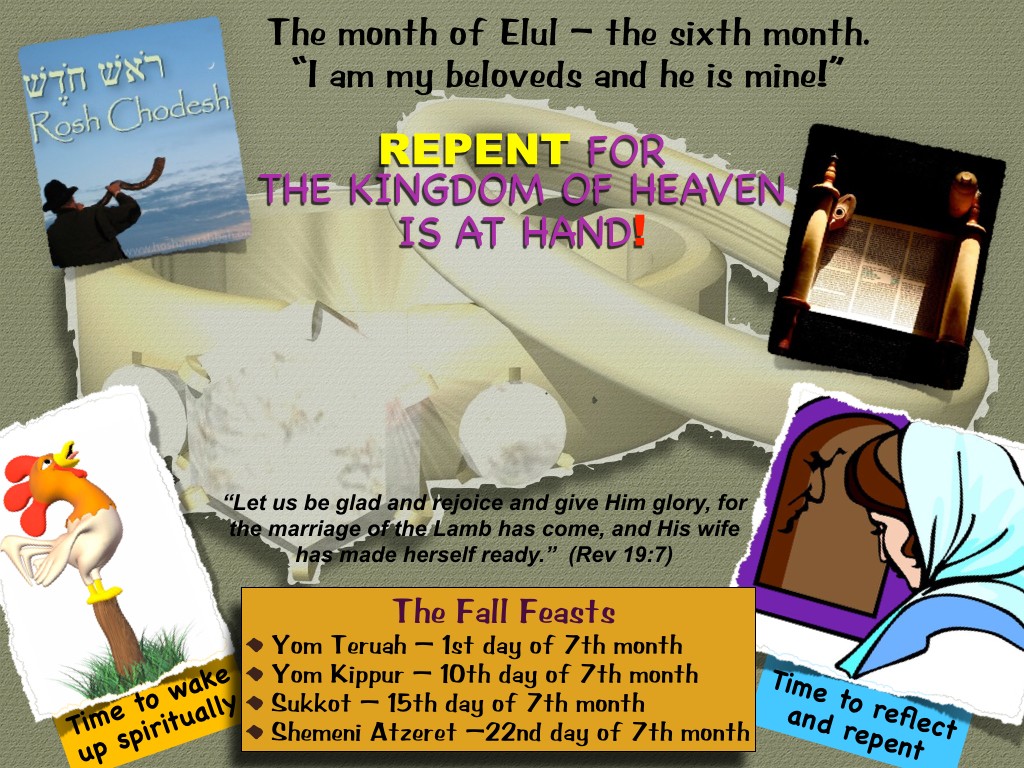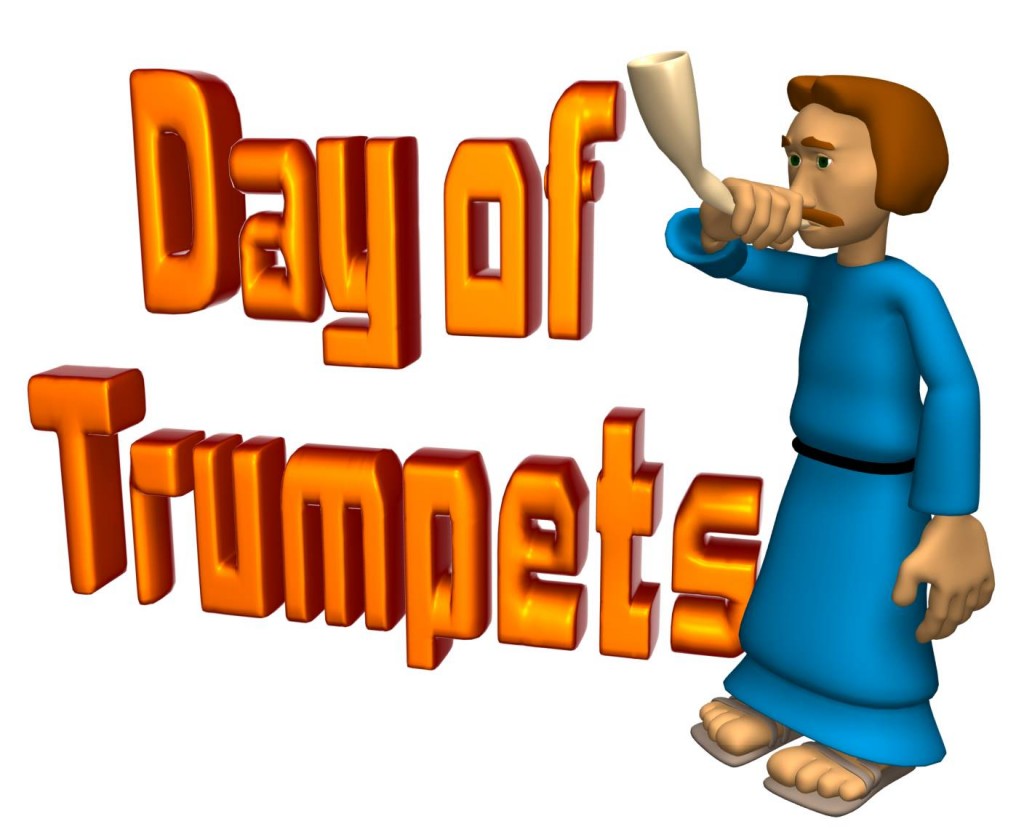Yom Teruah (the Day of Shofar Blasts or Shouting) — the first fall biblical festival — is less than a month away. It falls on the first day of the seventh month on the biblical calendar.
Several days ago, the sixth month began, which is called the month of Elul. This month marks the time of preparation for Yom Teruah, which prophetically pictures the time when Yeshua the Messiah returns to this earth and meets his bride.
In the brief article below, we discuss why we need to prepare and some ways to prepare to meet Yeshua at his second coming.
Yom Teruah or the Day of Shofar Blasts or Shouting (commonly called Rosh Hashana or the Feast of Trumpets) occurs at the end of the summer months and marked the beginning of the fall harvest or festival season for the ancient Hebrews. Prophetically, the summer months between the spring feast of Shavuot/Weeks (Pentecost) and the fall feast of Yom Teruah is a spiritual picture of what is often called the “Church Age,” which is the period of time from the Feast of Pentecost in Acts 2 until the return of Yeshua the Messiah at the end of the age and lasting for approximately 2000 years. For many, especially those living in hotter climes, summer is a time of leisure, vacation, weariness and fatigue due to the excessive heat. Likewise, many Bible believers have fallen asleep growing spiritually weary while waiting for the return of the Messiah. Yeshua discusses this issue in the Parable of the Ten Virgins (Matt 25) who all grew weary and fell asleep awaiting the coming of the Bridegroom (Yeshua).
This all changes on the first day of the seventh month of the biblical Hebrew calendar when off in the distance the sound of a shofar blast suddenly pierces the atmosphere and registers in the eardrums of those who have fallen asleep. Not only does this shofar blast signal the beginning of the seventh month when the new crescent moon is sighted, but it Continue reading



